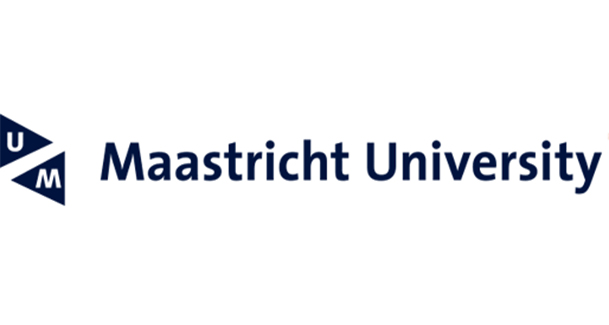 Maastricht University is the youngest Dutch university ranking in the world top 20 of universities under 50 years.
Maastricht University is the youngest Dutch university ranking in the world top 20 of universities under 50 years.
The Department of Bioinformatics, BiGCaT, is a 12 year old group using bioinformatics for data integration of omics using statistical approaches and pathway analysis using pathway databases.
WP1 Leader, coordinate the community outreach with respect to ontology and database structure needs.
UM develops systems biology solutions to biological questions. Central roles here are set aside for pathway databases and semantic technologies to link experimental omics data. The group has extensive experience with setting up international, multi-disciplenary data platforms, including ISATab, ToxBank, DiXA, and Open PHACTS. Experimental data is linked up into systems biology approaches using Open databases software including WikiPathways, PathVisio, BridgeDB, the Chemistry Development Kit, Bioclipse, and others.
Dr Egon Willighagen (ORCID:0000-0001-7542-0286) is a senior post-doc with a PhD degree in chemometrics on the computer representation and statistical analysis of chemical entities, with experience at various European institutes including the Karolinska Institutet and Cambridge University. He leads the cheminformatics toolkit the Chemistry Development Kit (CDK) and has been Invited Expert to the W3C’s Health Care and Life Sciences interest group on using semantic web technologies to the life sciences. He has worked on the FP7 projects ToxBank and Open PHACTS, has been advisory board member of the compound database ChemSpider and the FP7 project OpenTox. Most relevant research to this project is the nanoQSAR platform he developed including a wiki-based knowledgebase and matching ontology, containing more than 300 ENMs and a CDK-based computational library for nanoQSAR descriptor calculation and statistical modelling building. He also collaborates with the NIH/NCBI on a semantic version of PubChem.
Prof. Dr Chris Evelo (ORCID: 0000-0002-5301-3142) is the head of the Department of Bioinformatics – BiGCaT, which he founded in 2001. He was trained in Toxicology and Bioinformatics and has over 25 years of research experience. He is renowned for collaborative, open source development of bioinformatics and integrative systems biology approaches (e.g. WikiPathways, PathVisio and in Open PHACTS) and development of community standards and practical applications of those in biology. Dr Evelo coordinates the FP7 IRSES project Microgennet, he is a steering committee member of the IMI project Open PHACTS, he is a council member and co-ordinator for bioinformatics and systems biology activities in the NuGO foundation for nutrigenomics and its predesessor the FP6 project NuGO and the current NuGO, he is a work package leader in the FP7 systems biology programme for toxicogenomics DiXa, PI in the Dutch Consortium for Systems Biology (NCSB) and a participant in the ESFRI project EuroDish, he is an NBIC faculty and think tank and DISC coordination team member and he is a recipient of an Agilent Thought Leader Grant.
Bart Smeets (ORCID: 0000-0001-6370-6965) is a PhD student at the department of Bioinformatics. During his bachelor and master in Biomedical Sciences he was enrolled in several research internships, ranging from microarray analysis with bioinformaticians to studying atherosclerosis in a mouse model with molecular geneticists. As for the eNanomapper project, he will mainly be involved with the question which (and how) biological processes are affected by the presence of certain nanomaterials.
|
1)
|
The Chemistry Development Kit (CDK): an open-source Java library for Chemo- and Bioinformatics., Steinbeck et al. Journal of chemical information and computer sciences 2003 43 (2), 493-500 (cited 224x). |
|
2)
|
The Blue Obelisk-interoperability in chemical informatics., Guha et al. In Journal of chemical information and modeling 46 (3) 991-8. |
|
3)
|
WikiPathways: pathway editing for the people. Pico AR et al. PLoS Biol. 2008 6(7): e184. (cited 195x). |
|
4)
|
Presenting and exploring biological pathways with PathVisio. Van Iersel MP et al. BMC bioinformatics 2008 9(1), 399. |
|
5)
|
Open PHACTS: Semantic interoperability for drug discovery. Williams AJ et al. Drug Discovery Today 2012 71: 21/22. 1188-98 Nov. |
|
6)
|
Towards interoperable bioscience data. Assunta Sansone S et al. (2012). Nature Genetics 2012 44: 121. |
|
7)
|
Thrombospondin-2 Is Essential for Myocardial Matrix Integrity Increased Expression Identifies Failure-Prone Cardiac Hypertrophy. Schroen et al. Circulation research 2004 95 (5), 515-522. |
